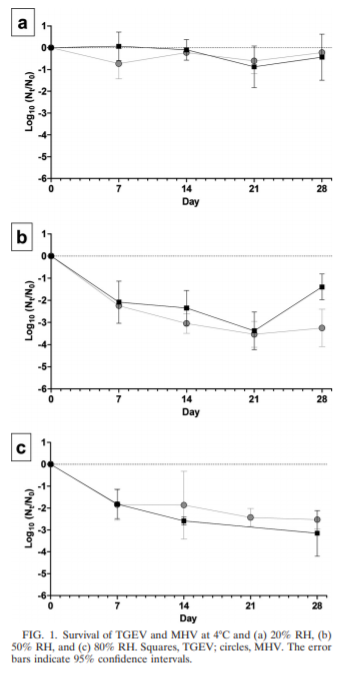The most basic indication of indoor air quality is its temperature: you immediately sense if it’s ‘too hot’ or ‘too cold’. Temperature is important for indoor air quality:
- Temperature and sense of well-being
- Humidity
- Spreading of Covid-19 and other viruses
Temperature and sense of well-being
The most basic indication of indoor air quality is its temperature: you immediately sense if it’s ‘too hot’ or ‘too cold’. And it immediately affects your sense of well-being. Extreme heat is a serious risk for your health ((Healy 2003, Kosatsky 2005). Besides, high temperatures can cause insufficient humidity (Reinikainen and Jaakkola, 2001).
How does Temperature Affect the Spread of Viruses
Since Covid-19, there is more attention for the strong influence of temperature on the spread and activity of viruses. Viruses that cause respiratory infections often occur in the winter. This may be caused due to reduced resistance of the so called ‘mucous membranes’ in the nose when cold air is inhaled (Frank van Kuppeveld, professor virology, University of Utrecht). A temperature of 19°C to 24°C (66°F to 75°F) helps you to prevent the drying of your nasal passage. So that you are less susceptible to viruses.

Research by Lisa M. Casanova et al shows that the infection rate of viruses is significantly reduced when the temperature indoors at room temperature (20°C or 68°F) compared to colder temperatures (4°C or 39°F). However, when the temperature is warmer (30°C or 86°F), the transmission of influenza viruses is blocked or becomes very inefficient (Effects of Air Temperature and Relative Humidity on Coronavirus Survival on Surfaces, Lisa M. Casanova et al, Applied and Environmental Microbiology, May 2010)
But of course, many people don’t find an indoors temperature of 30°C comfortable. To maintain your indoor temperature at room temperature makes you feel comfortable. It also lessens the risk of virus transmission.
Temperature, Humidity and Covid-19
Temperature and humidity go hand-in-hand. Research shows, that the Covid-19 virus can survive several hours and even several days on surfaces.
Of course, the greatest spread of the virus is via ‘direct’ contact: not keeping the physical distance, so that the virus is transmitted via the large droplets via talking, coughing or sneezing.
The WHO mentions that people can be infected with Covid-19 by touching their faces after they have touched contaminated objects and surfaces (WHOS’s Guide for Worker Safety, March 2020).
In general, infections via surfaces and then touching your face appear to be the least of threats to spread Covid-19. It is uncertain how much people get infected by Covid-19 via air: do the so-called ‘aerosols’ contain enough virus to get someone ill? Poor conditions of ventilation may play a part. Of course, there are already some new variants of the virus, such as the British variant, which have more virus material in the droplets.
ALARA
The ‘Alara’ principle is a sound mechanism. This means: the As Low As Reasonably Achievable principle. It is always good to lessen risks. Spread of the Covid-19 virus via contaminated surfaces or air may not (or may) the most principal risk… but it means there is still risk. Besides, an optimal environment helps to lessen the spread of other viruses and is good practice of hygiene.
Solutions like the Covid Airmex can help you to monitor your temperature, humidity, tvoc and co2, for a safe and healthy working environment
